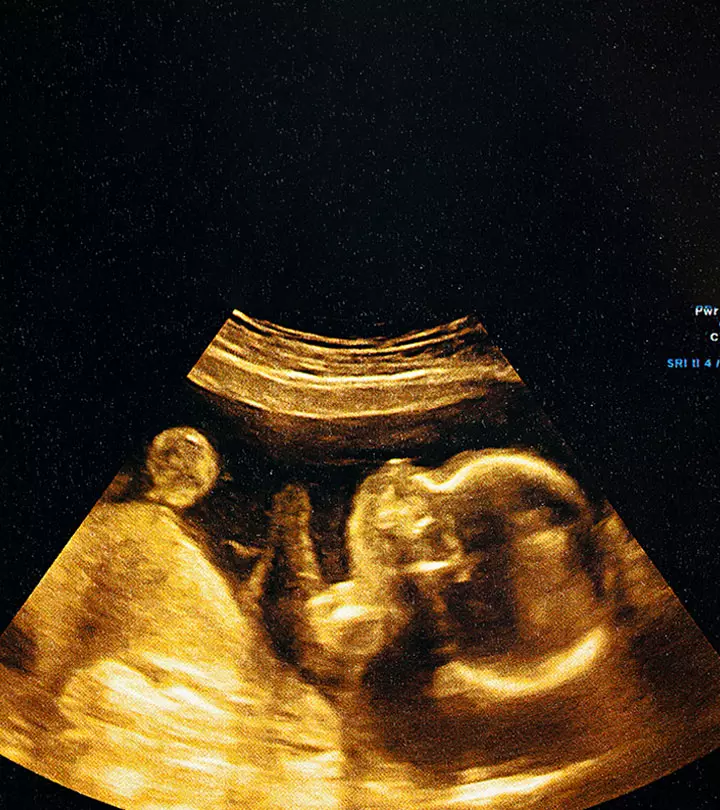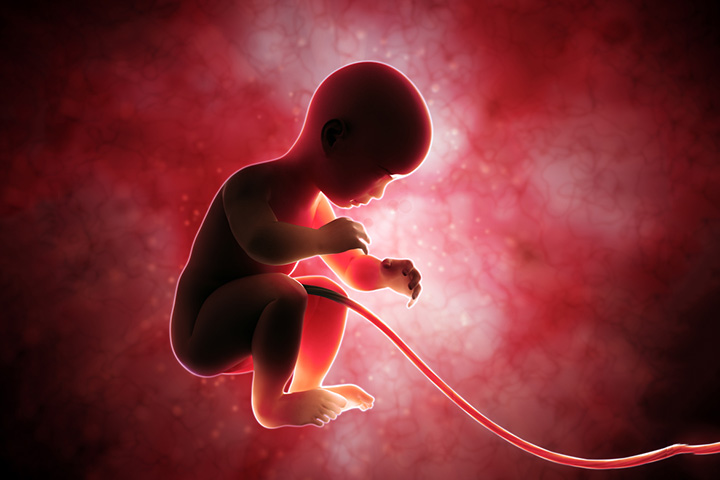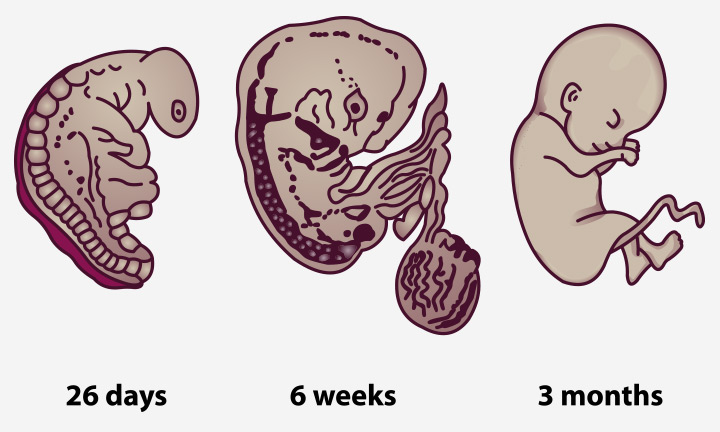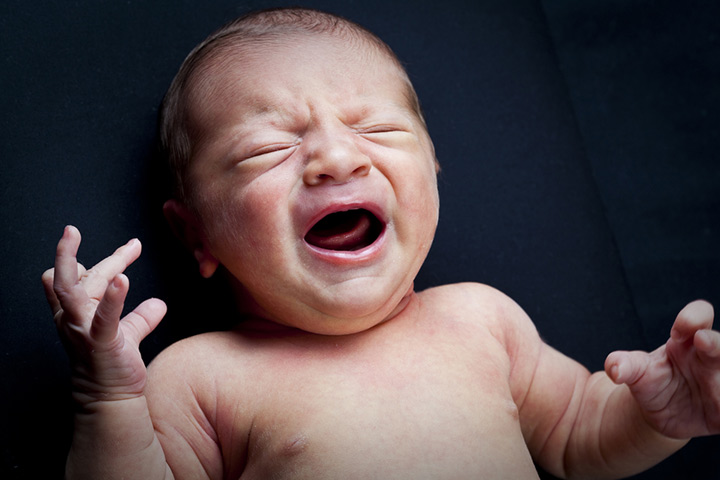
Image: iStock
The news of having a baby fills you with indescribable joy. A tiny cell that rests in your womb goes on to become a miniature version of you, with a little head, little limbs moving about, a tiny beating heart and everything else. Is it less than a miracle, that in a span of just nine months your body creates something beautiful, innocent and complete?
Equally wondrous is how each part of the baby evolves to make it a perfect being.
One of the fundamental processes that contribute to the physical frame of your baby is its ability to breathe. Have you ever thought how your baby might have learned to breathe?
Here we are, to tell you how complex yet amazing is the gradual development of your baby’s respiratory system within your womb.
The Beginnings
The tiny fertilized egg cell of your body takes about 38 weeks to become a full-term baby. It is a series of remarkable progressions that makes the foetus equipped to exit the womb and enter the world.
The foetus doesn’t breathe through its nose or mouth as you would like to believe. In fact, the babies breathe in the air only after they are born. While they are inside the womb, they are surrounded by the amniotic fluid inside the uterus. Their tiny lungs are under-developed and not formed to carry out the inhaling and exhaling as we do because their lung sacs remain filled with the fluid. Their source of respiration and oxygen is their mother.
It is the umbilical cord and the placenta that make the process of respiration possible in the womb. They help the foetus to take in oxygen, which the mother inhales and release carbon dioxide which the mother exhales, after circulating it out of the womb. They also help to carry all the essential nutrients from the mother to the baby, ensuring the latter’s growth.
The Growth and Development of the Respiratory System
By the time the foetus is about nine weeks old, it shows some moves similar to breathing. It is said that the more the foetus grows, the better equipped it becomes to breathe. By the second semester, the baby shows progress in terms of its breathing capacity. The breathing movements rise and the lung muscles also show growth. In fact, it might occasionally inhale and exhale some amount of amniotic fluid by the end of its full term.
In a way, it prepares the baby to breathe in and out efficiently after it is born. To keep the baby’s lungs healthy, the body of the mother makes surfactants that coat the inner linings of the lungs and saves it from any damage.
The Birth
Your baby taking its first breath will always be momentous. It may cry on its own after gasping in the air or be patted to stimulate the same. The baby learns to use its lungs after the umbilical cord is snapped off. Its chest expands and contracts on its own, and the newborn starts its new journey. The lung activity results in the pumping of blood and oxygen to different parts of the body, and the amniotic fluid is also drained away.
The development of the respiratory system during the gestational period is an amazing process. It is the struggle of the baby to prepare itself to live outside the cocoon of its mother’s womb. And it is indeed a marvelous feeling to see your child cry and take its first step towards ‘life’.
















